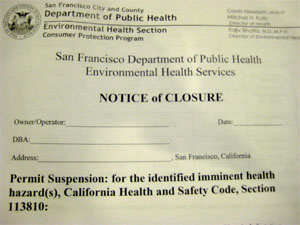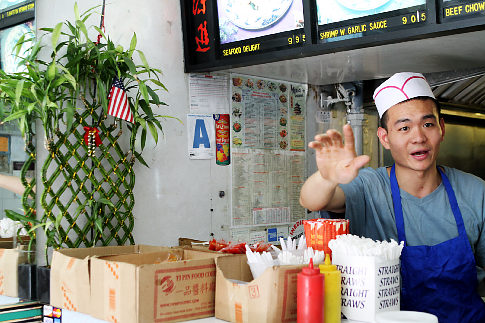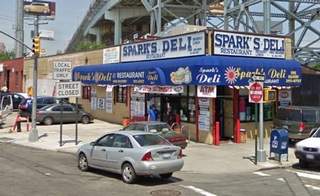Sydney’s wealthiest area, Mosman, ranked among the riskiest places to eat in New South Wales according to the Food Authority’s annual report card, obtained by The Sun-Herald.
Overall, cafes, restaurants and takeaway shops in NSW received more than 2000 fines for hygiene offences over the past year.
.jpg) Although NSW has established Australia’s toughest hygiene compliance regime, one-fifth of the state’s 20,000 registered food sellers continue to put the health of their customers at risk.
Although NSW has established Australia’s toughest hygiene compliance regime, one-fifth of the state’s 20,000 registered food sellers continue to put the health of their customers at risk.
The NSW, shows food sellers failed more than 13,000 random inspections. That represents 26.3 per cent of the 50,005 inspections carried out in the 12 months to June 30, with some premises inspected three times or more.
More than 8000 warning letters were sent to restaurants and cafes by 153 local authorities. Improvement notices were sent to 1399 businesses and 2049 penalty notices issued.
The number of court prosecutions more than halved from 48 to 22 in 2009-10.
There are now nearly 1800 businesses on the state government’s ”name and shame” list.
Mosman – where the average annual income is $131,606 – ranks among the poorest for food hygiene.
Primary Industries Minister Steve Whan said he was pleased that fewer businesses had required re-inspection in the past year. The purpose of the report was ”so we can be alerted to where the problems lie and fix them’.’
A ”scores-on-doors” scheme, revealed by The Sun-Herald in April, is being trialled in 20 council areas until Christmas. Participating restaurants display a simple A, B or C rating. It is hoped the prospect of a poor rating will drive owners to maintain high standards of cleanliness.

 Committee: to require food establishments to “post the most current inspection scorecard in a window or other locations visible to the public.”
Committee: to require food establishments to “post the most current inspection scorecard in a window or other locations visible to the public.” standards during the past 13 months.
standards during the past 13 months..jpeg) About 2504 received a rating of three stars or more and 1524 businesses scored two stars or less.
About 2504 received a rating of three stars or more and 1524 businesses scored two stars or less. inspections and help diners more easily find a restaurant’s health score.
inspections and help diners more easily find a restaurant’s health score. down. Every other time we’ve tried to access it in the past month, we’ve gotten a “taking too long to respond” page.
down. Every other time we’ve tried to access it in the past month, we’ve gotten a “taking too long to respond” page. .png) The vote, originally scheduled for Tuesday, has been pushed back a week.
The vote, originally scheduled for Tuesday, has been pushed back a week..jpg) give information about their vehicle whereabouts and mandates that the trucks be inspected twice a year.
give information about their vehicle whereabouts and mandates that the trucks be inspected twice a year.  probably filthier than New York’s dirtiest dive.”
probably filthier than New York’s dirtiest dive.” cheats.
cheats. A manager at Ming’s refused to say where he got his fake grade, saying that a company came in and then sent the letter to him. He refused to name that company – or to explain why he posted a grade he hadn’t earned. He also refused to give his name.
A manager at Ming’s refused to say where he got his fake grade, saying that a company came in and then sent the letter to him. He refused to name that company – or to explain why he posted a grade he hadn’t earned. He also refused to give his name..jpg) an A grade.
an A grade. Crain’s New York Business (photo from Crain’s) reports the agency is holding a press conference Wednesday morning at Spark’s Deli on 2831 Borden Ave., where health commissioner Dr. Thomas Farley will laud the small business’s accomplishment.
Crain’s New York Business (photo from Crain’s) reports the agency is holding a press conference Wednesday morning at Spark’s Deli on 2831 Borden Ave., where health commissioner Dr. Thomas Farley will laud the small business’s accomplishment.